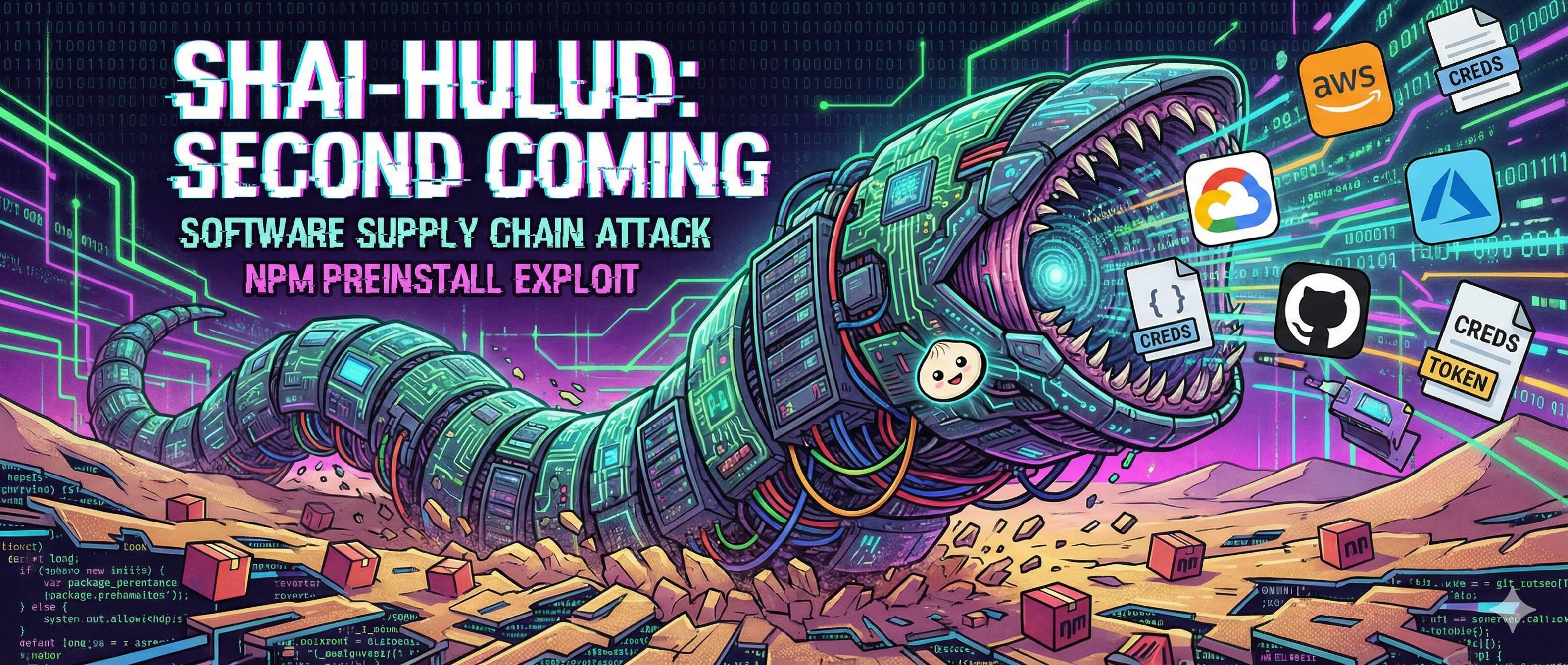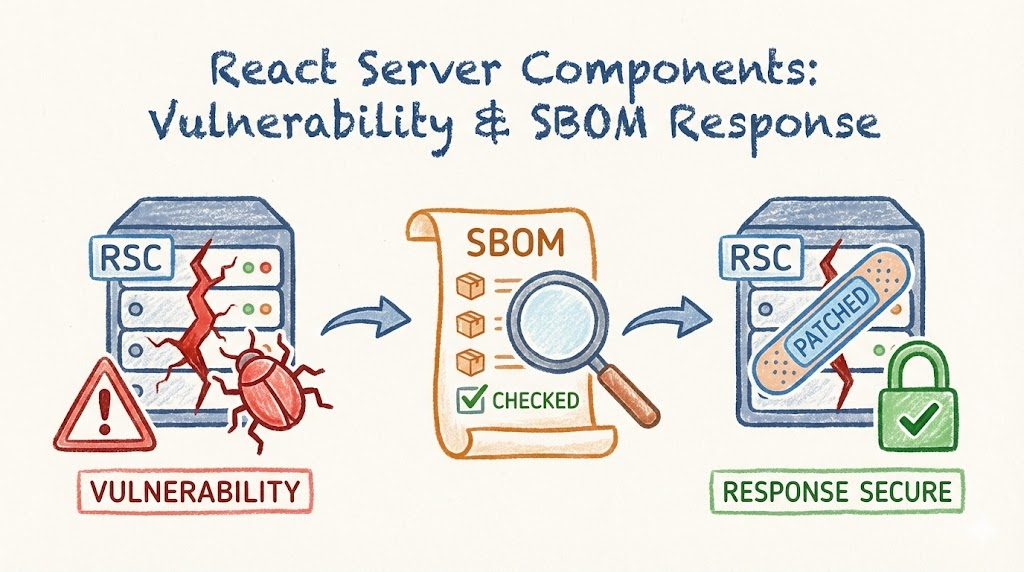How a Security Team use Policy as Code for Open Source Security
Table of Contents
SBOM is being mandated in certain regulated industries, especially for tracking open source dependencies. However the usefulness of SBOM, which is basically an inventory, is the tooling and use-cases around it. Conventional SCA tools are notorious for false positives and noise. Ability to prevent insecure or risky open source components proactively is required to maintain a healthy and trustworthy open source software supply chain. In this talk, we look at how to use vet for establishing security guardrails against risky OSS components. We also look at a case study of how a security team leverage vet's policy as code feature for enforcing opinionated security policies.
- vet
- sbom
- sql
- cloud
Author
SafeDep Team
safedep.io
Share
The Latest from SafeDep blogs
Follow for the latest updates and insights on open source security & engineering

DarkGPT: Malicious Visual Studio Code Extension Targeting Developers
Malicious extensions are lurking in the Visual Studio Code marketplace. In this case, we discover and analyze DarkGPT, a Visual Studio Code extension that exploits DLL hijacking to load malicious...

Shai-Hulud 2.0 npm Supply Chain Attack Technical Analysis
Critical npm supply chain attack compromises zapier-sdk, @asyncapi, posthog, and @postman packages with self-replicating malware. Technical analysis reveals credential harvesting, GitHub Actions...

Unpacking CVE-2025-55182: React Server Components RCE Exploit Deep Dive and SBOM-Driven Identification
A critical pre-authenticated remote code execution vulnerability (CVE-2025-55182) was disclosed in React Server Components, affecting Next.js applications using the App Router. Learn about the...

An Opinionated Approach for Frontend Testing for Startups
How we test our Frontend applications powered by React Query and server components with Vitest.

Ship Code
Not Malware
Install the SafeDep GitHub App to keep malicious packages out of your repos.
